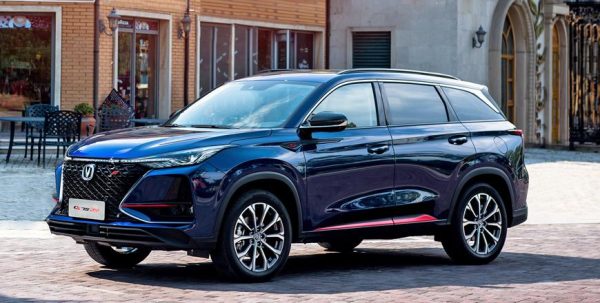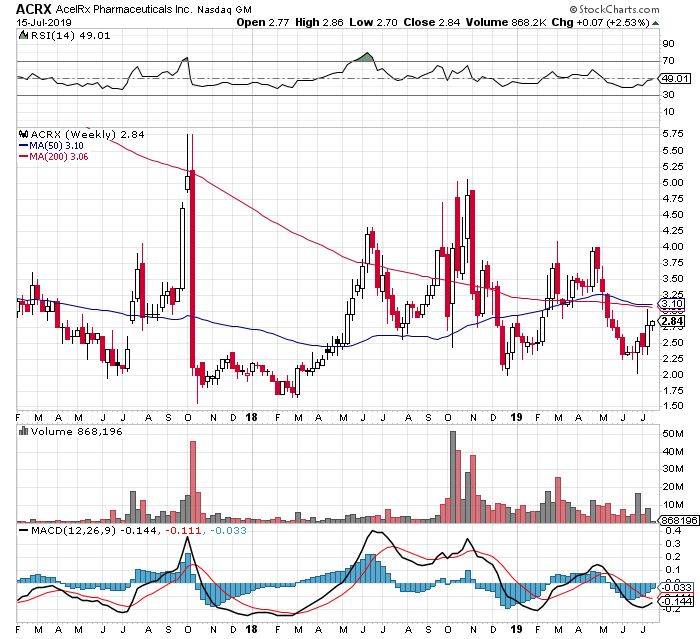The Chinese Auto Market: Challenges And Opportunities For Brands Like BMW And Porsche

Table of Contents
The Chinese auto market is the world's largest, a colossal landscape teeming with both immense potential and significant hurdles. Established international players like BMW and Porsche find themselves navigating a complex environment dominated not only by familiar competitors but also by a rapidly rising tide of innovative domestic brands. This article delves into the intricacies of the Chinese auto market, exploring the key challenges and opportunities facing luxury automakers like BMW and Porsche in this dynamic arena.
<h2>Challenges Faced by Luxury Brands in the Chinese Auto Market</h2>
The Chinese auto market presents a unique set of challenges for luxury brands. Success requires a deep understanding of the evolving landscape and a willingness to adapt.
<h3>Intense Domestic Competition</h3>
The rise of domestic Chinese automakers is a major force reshaping the Chinese auto market. Brands like BYD, NIO, and Xpeng are aggressively challenging established players with competitive pricing, advanced technology, and strong government backing. This support includes subsidies, preferential policies, and infrastructure development specifically aimed at boosting the domestic auto industry. The result is a growing preference among Chinese consumers for homegrown brands.
- BYD's dominance: BYD's electric vehicle (EV) sales consistently outpace many international competitors, highlighting the shift towards electric mobility.
- NIO's innovative battery swap technology: This technology offers a significant advantage in addressing consumer range anxiety, a key concern in the EV market.
- Xpeng's advanced driver-assistance systems (ADAS): Xpeng's focus on advanced technology is attracting tech-savvy Chinese consumers.
<h3>Shifting Consumer Preferences</h3>
The tastes of Chinese consumers are rapidly evolving. While brand image and social status remain important, there's a clear shift towards practicality, technological sophistication, and environmentally friendly options.
- Growing demand for SUVs: SUVs are increasingly popular in the Chinese market, surpassing sedans in many segments.
- Preference for electric powertrains: The growing awareness of environmental concerns is driving strong demand for EVs and hybrid vehicles.
- Importance of digital connectivity: Chinese consumers expect seamless integration of their vehicles with their digital lives, including features like smartphone connectivity and over-the-air updates.
<h3>Regulatory and Policy Hurdles</h3>
Navigating the regulatory landscape of the Chinese auto market is crucial. Stringent emission regulations, policies favoring domestic brands and electric vehicles (NEVs), and import tariffs create significant challenges for luxury automakers.
- Emission standards: China's increasingly stringent emission standards require significant investment in cleaner technologies.
- NEV quotas: Manufacturers face quotas for the production and sales of New Energy Vehicles, putting pressure on them to electrify their offerings.
- Import tariffs: High import tariffs increase the cost of imported vehicles, impacting pricing strategies and profitability.
<h2>Opportunities for Growth and Expansion in the Chinese Auto Market</h2>
Despite the challenges, the Chinese auto market offers significant opportunities for luxury brands willing to adapt and innovate.
<h3>Untapped Market Potential</h3>
The sheer size of the Chinese market presents immense growth potential. The burgeoning middle class fuels a rising demand for luxury goods, and there's significant potential for expansion beyond major cities.
- Increasing demand for luxury SUVs: The luxury SUV segment shows particularly strong growth potential.
- Potential in the second-tier city market: Expanding into smaller cities and towns can unlock significant untapped demand.
- Growth in specific luxury segments: Niche luxury segments, like high-performance vehicles or bespoke customization, may present lucrative opportunities.
<h3>Strategic Partnerships and Localization</h3>
Forming joint ventures with Chinese companies and adapting products and marketing strategies to local preferences are crucial for success.
- Joint ventures: Collaboration with local partners provides access to valuable market insights, distribution networks, and government relations.
- Localized marketing campaigns: Tailoring marketing messages to resonate with Chinese cultural values and preferences is essential.
- Tailored product features: Adapting vehicle features to suit specific local needs and preferences can enhance market appeal.
<h3>Leveraging Technological Innovation</h3>
Investing in cutting-edge technologies is paramount. Electric vehicles, autonomous driving, and connected car features are highly sought after in the Chinese market.
- Advanced driver-assistance systems (ADAS): Investing in advanced safety and driver assistance features is essential for competitiveness.
- Integration with Chinese digital ecosystems: Seamless integration with popular Chinese apps and services is crucial for enhancing the user experience.
- Development of locally-relevant EV technologies: Focusing on EV technologies suited to the Chinese market, such as battery swapping or fast-charging infrastructure, can offer a competitive edge.
<h2>Conclusion: Capitalizing on the Chinese Auto Market's Potential</h2>
The Chinese auto market presents a complex but ultimately rewarding landscape for luxury brands like BMW and Porsche. Successfully navigating this market demands a deep understanding of the challenges—intense domestic competition, shifting consumer preferences, and regulatory hurdles—and a strategic approach to capitalize on the immense opportunities. By adapting to changing consumer preferences, navigating regulatory complexities, and leveraging technological advancements, luxury brands can unlock significant growth potential in the world's largest auto market. To learn more about the successful strategies employed by leading players in the Chinese auto market, further research into market trends and competitive analysis is recommended. Continuous adaptation and innovation are key to success in this dynamic and competitive environment.

Featured Posts
-
 Escape To The Country Nicki Chapmans Beautiful Chiswick Garden
May 25, 2025
Escape To The Country Nicki Chapmans Beautiful Chiswick Garden
May 25, 2025 -
 Zoryaniy Stil Naomi Kempbell U Biliy Tunitsi Na Shou U Londoni
May 25, 2025
Zoryaniy Stil Naomi Kempbell U Biliy Tunitsi Na Shou U Londoni
May 25, 2025 -
 Net Asset Value Nav Of The Amundi Dow Jones Industrial Average Ucits Etf
May 25, 2025
Net Asset Value Nav Of The Amundi Dow Jones Industrial Average Ucits Etf
May 25, 2025 -
 Yevrobachennya 2025 Peredbachennya Konchiti Vurst
May 25, 2025
Yevrobachennya 2025 Peredbachennya Konchiti Vurst
May 25, 2025 -
 Parisian Diplomacy Queen Wens Recent Visit
May 25, 2025
Parisian Diplomacy Queen Wens Recent Visit
May 25, 2025
